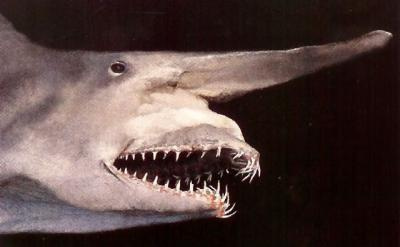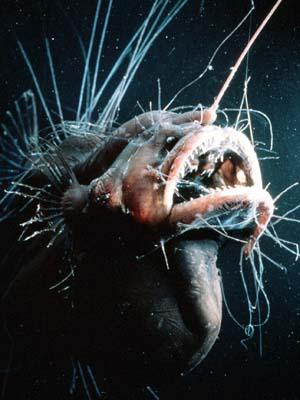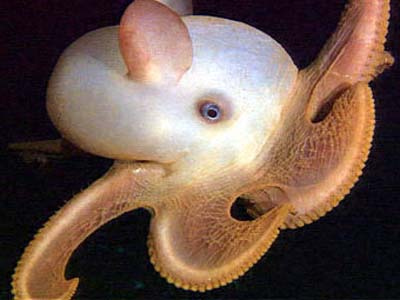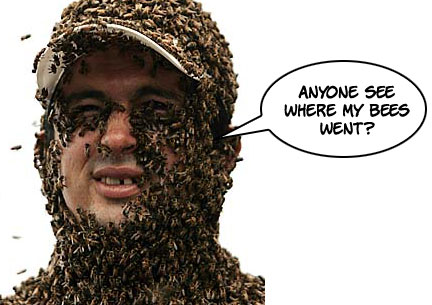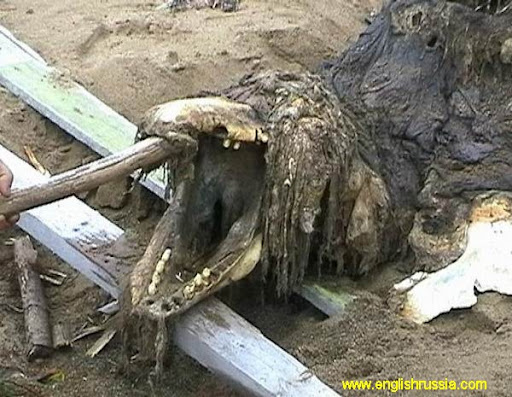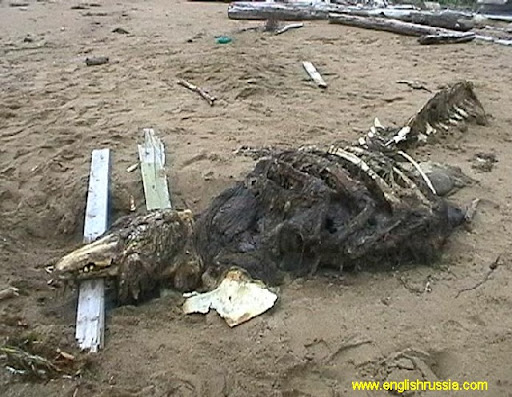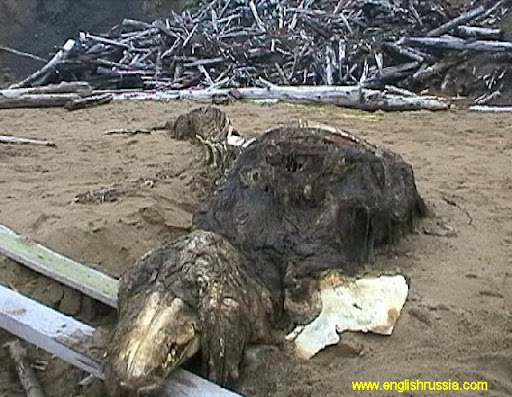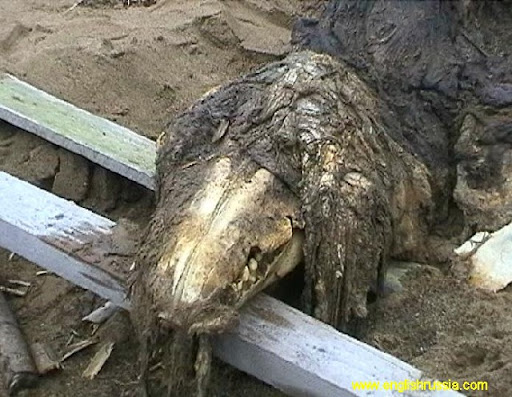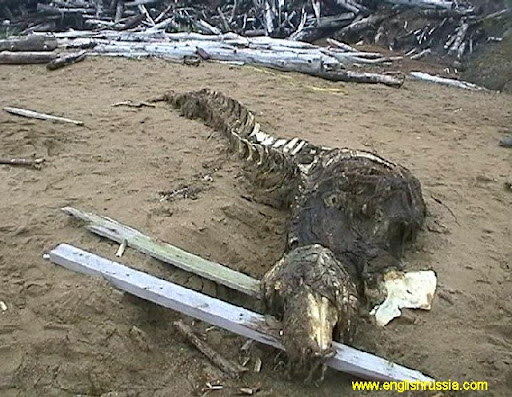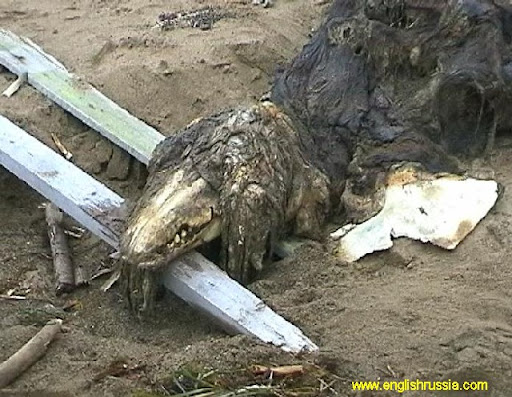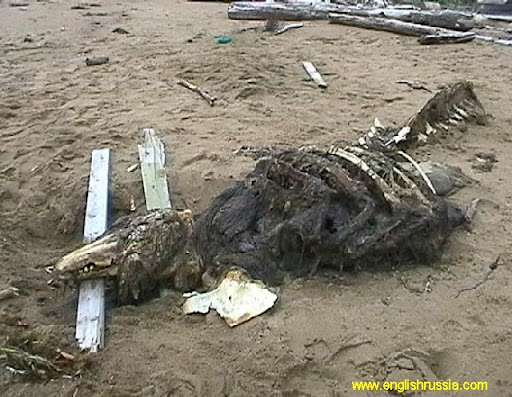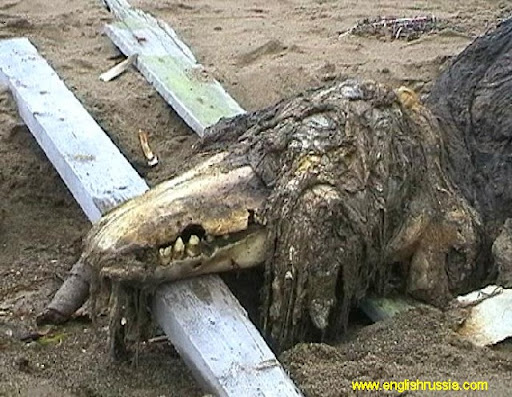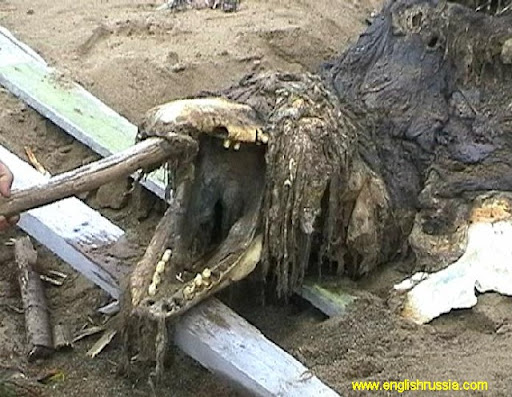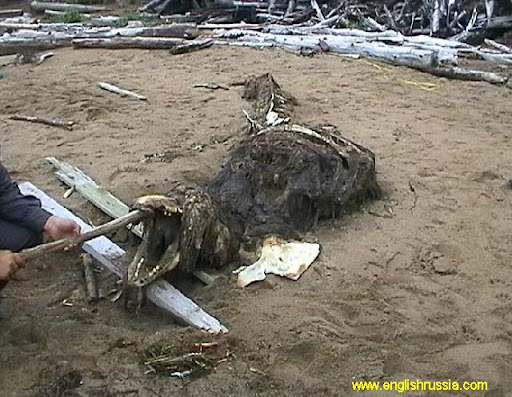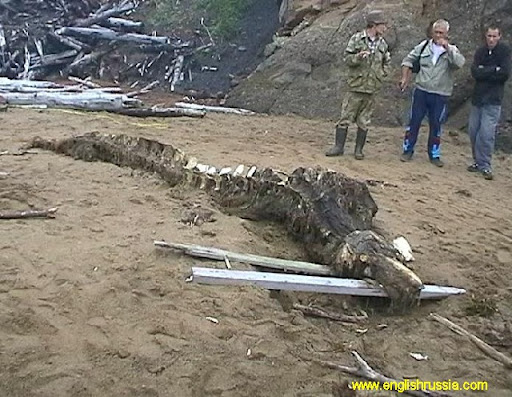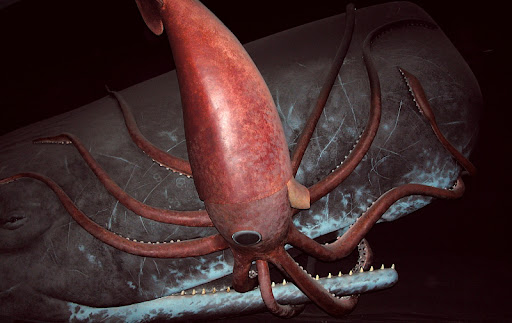The sea contains untold numbers of strange and bizarre creatures. It is said that
we know more about our own solar system than we know about our oceans
Indeed, some creatures of the sea can seem more alien than anything you can imagine.
But even worse, some of them can seem more frightening than your worst nightmare.
Below we have collected pictures of 24 CREATURES FROM THE DEEP!
Chimaeras are
cartilaginous fish related to the sharks and rays, and are sometimes called ghost
sharks or rabbitfishes. For defense, most chimaeras have a venomous spine located
in front of the dorsal fin.
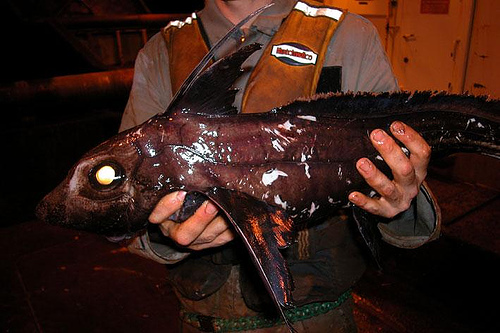
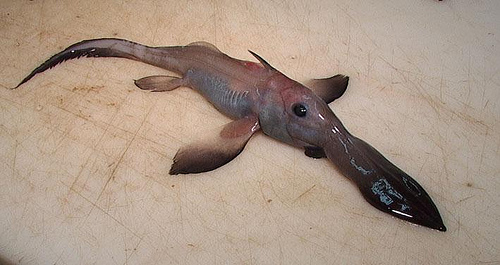
This strange cartilaginous fish uses its long
snout to scan over the sea floor for the electrical impulses of its prey that bury
in the muddy sea floor, just like a metal detector. Like other chimaeras (such as
ghost and elephant sharks), these animals lay horny egg cases in which their young
are left to develop, potentially for up to one year.
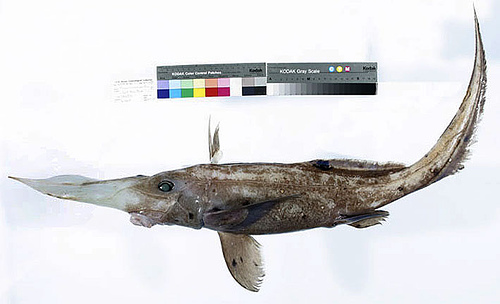
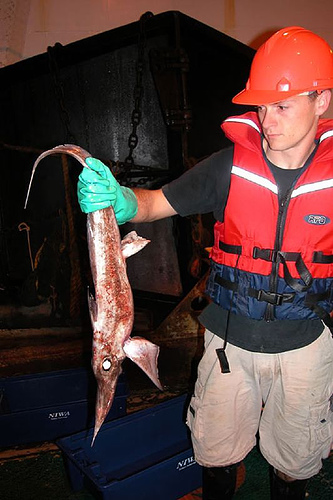
A
Viperfish is a deepwater fish with long, needle-like teeth and hinged lower jaws.
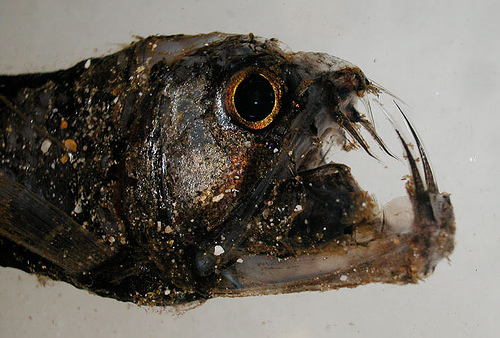
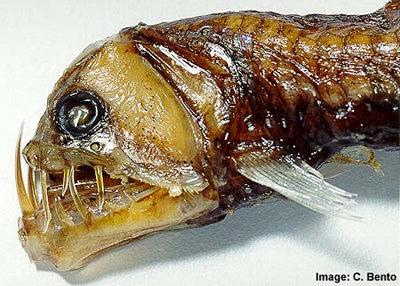
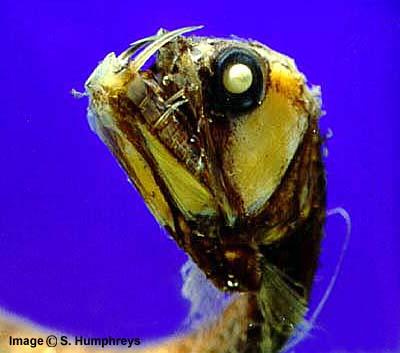
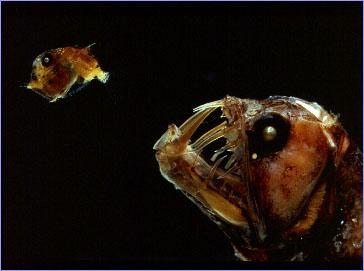
The
pelican eel.
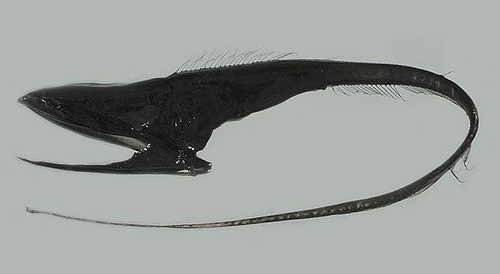
A squid found in a pelican eel’s stomach.
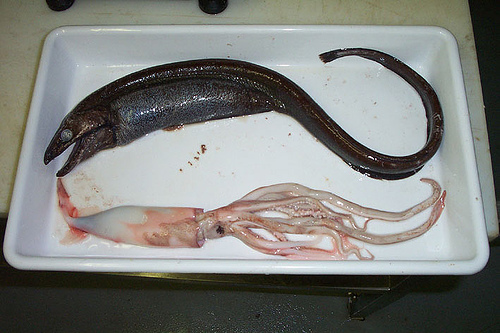
The Dana Octopus
Squid.

They emit blinding flashes of light as it attacks prey. It is believed that this highly maneuverable squid uses bright flashes to disorientate potential prey. These flashes may also serve to illuminate the prey to make for easier capture as well as a courtship and territorial display.
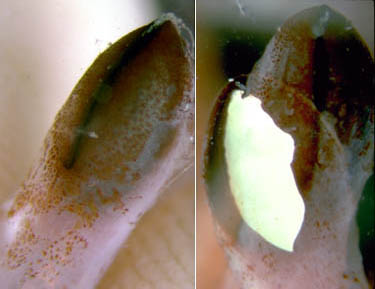
The
Colossal Squid,
sometimes called the Antarctic or Giant Cranch Squid, is believed to be the largest
squid species.
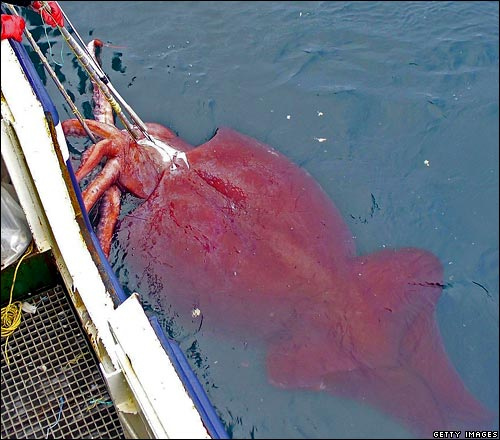
The ocean sunfish
or common mola is the heaviest bony fish in the world, with an average weight of
1000 kilograms.
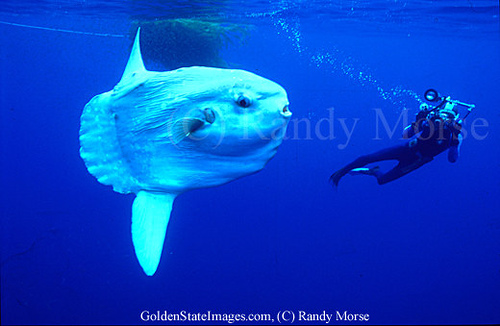
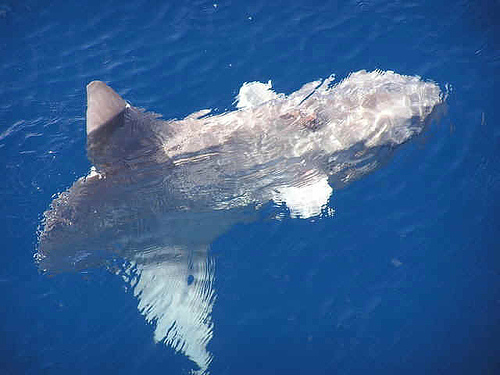
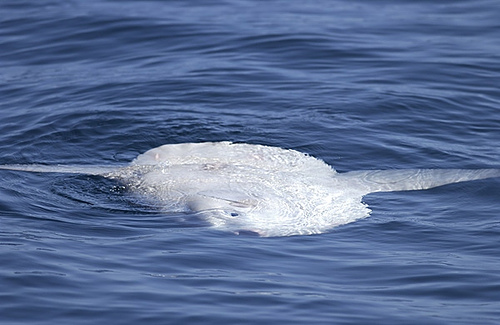
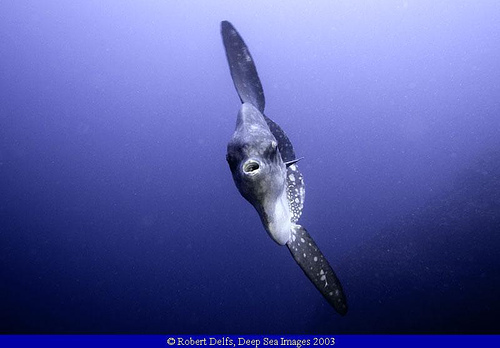
The
stargazers have eyes on top of their heads (thus the name). They are venomous; they have two
large poison spines situated behind the opercle and above
the pectoral fins. They can also cause electric shocks.
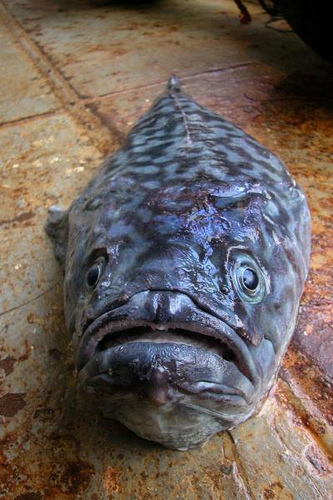
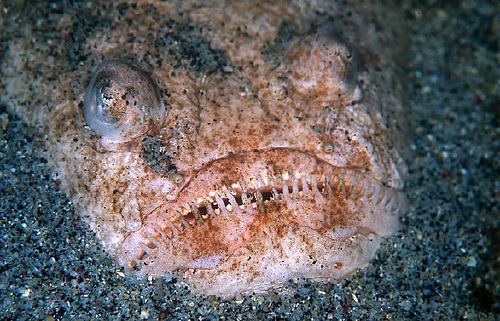
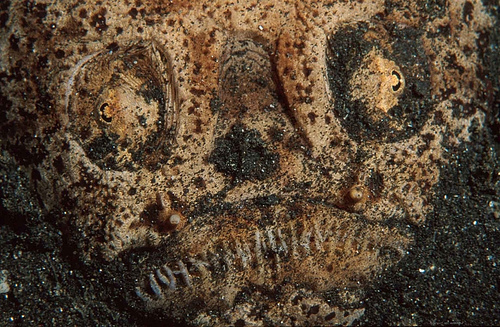
Typified by large heads with large mouths and eyes, grenadiers (rattails) have slender bodies that taper greatly to a very thin caudal peduncle or tail.

This large species has a rounded head and a mouth
which faces forward to catch squid and fish that swim up off the seafloor. As in
most other rattails, the males of this species have a special drum machine on their
swim bladder that is used to attract females. They have to be careful though, as
other fish like morid cods have hydrophones on their swim bladders to hunt down
the sources of such noises.
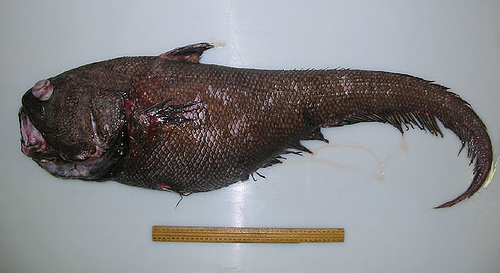
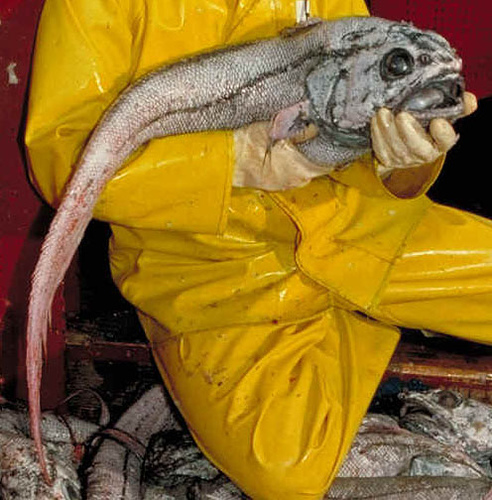
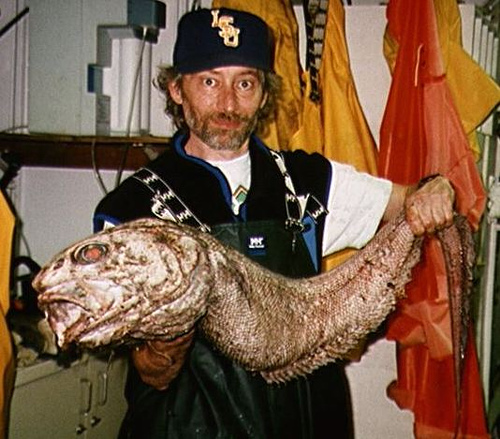
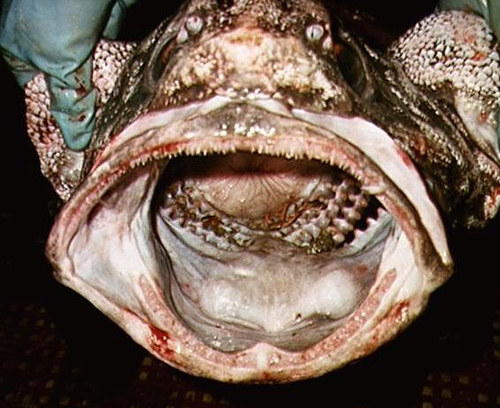
Oarfish are large,
greatly elongated, pelagic Lampriform fish.
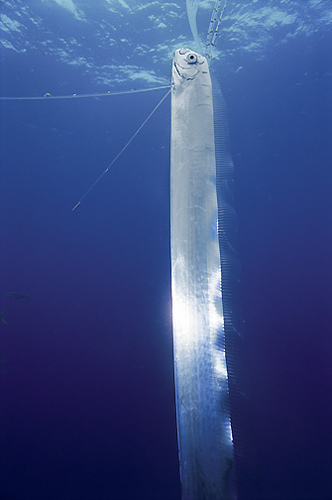

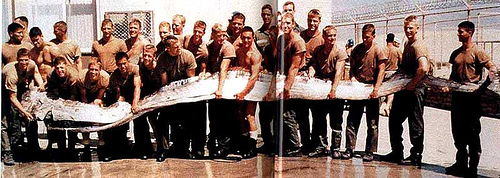
The megamouth shark
is an extremely rare and unusual species of deepwater shark. Discovered in 1976,
only a few have ever been seen, with 39 specimens known to have been caught or sighted
as of 2007 and three recordings on film.
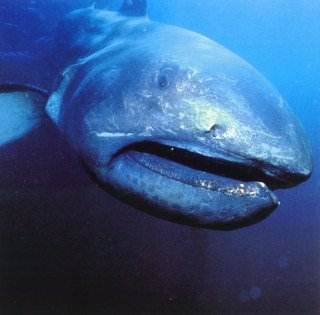
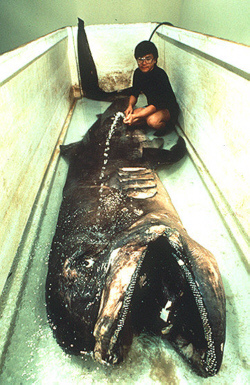
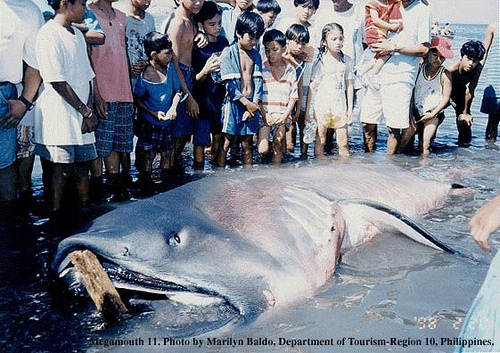
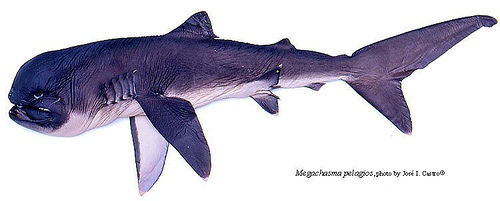
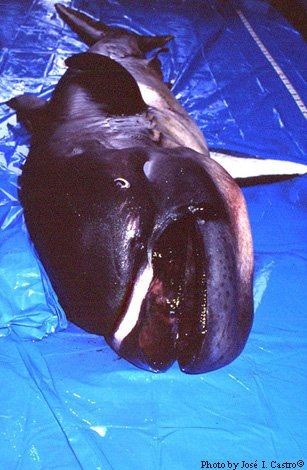

Fangtooths,
also known as ogrefishes, are deep-sea, ferocious-looking beryciform fish.
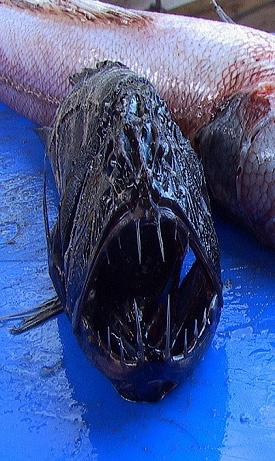
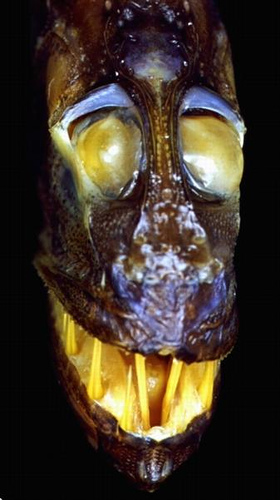
Sea robins are bottom-feeding scorpaeniform fishes.
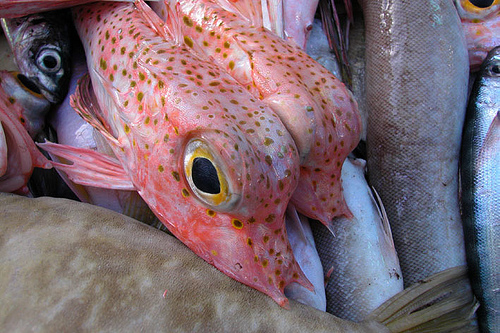
The Firefly squid.
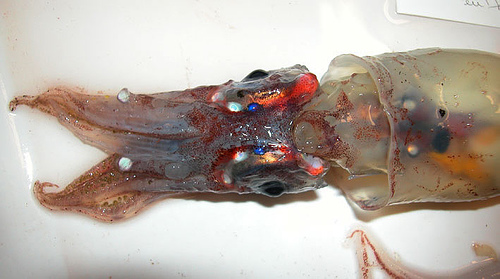
The aptly-named Handfish.
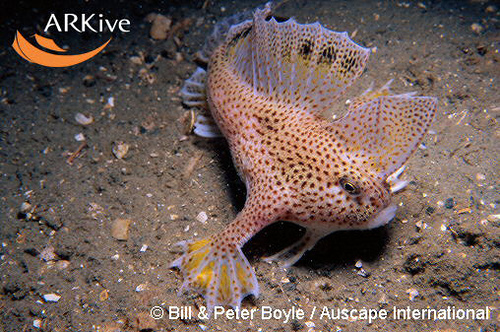
Coffinfish are flabby bottom-dwelling
fishes that occur in deep waters around the world. They can walk along the sea floor
on short leg-like fins. These fish often come up in the nets swollen into a ball.
Like the pufferfishes, they can swallow large amounts of water to inflate themselves,
presumably making it harder for predators to bite into them.
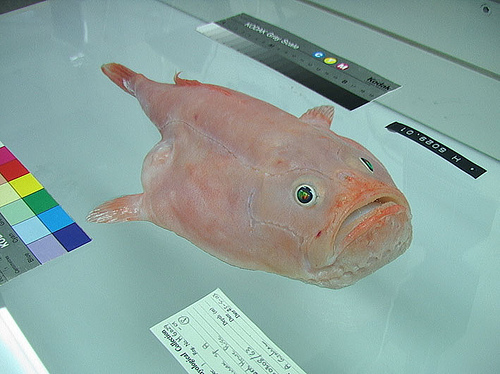
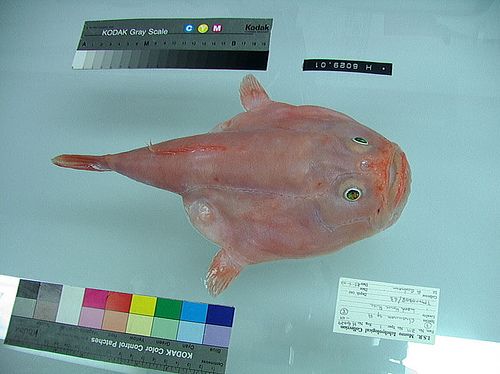
A
dragonfish.
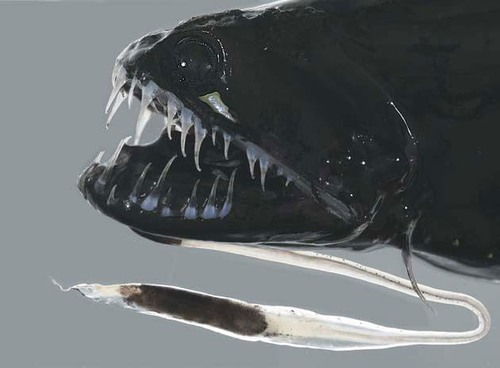
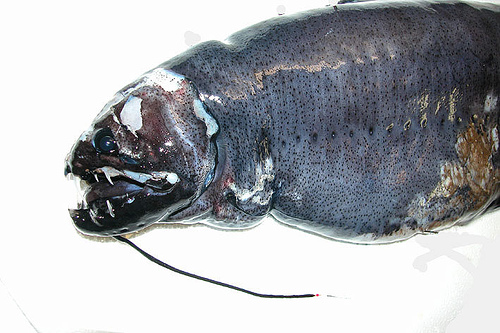
The blue-ringed octopus is the size of a golf ball, but its venom is powerful enough to
kill humans. There is no known antidote.
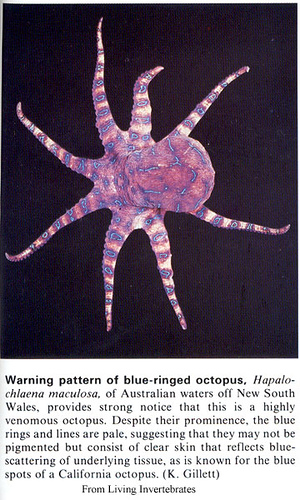
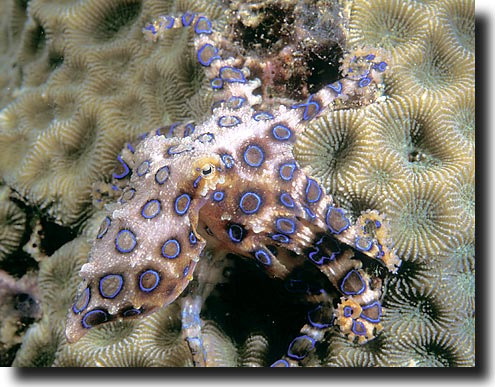
Blobfish are found at depths where the pressure is several dozens of times higher than at sea
level, which would likely make gas bladders inefficient. To remain buoyant, the
flesh of the blobfish is primarily a gelatinous mass with a density slightly less
than water; this allows the fish to float above the sea floor without expending
energy on swimming. The relative lack of muscle is not a disadvantage as it primarily
swallows edible matter that floats by in front it.
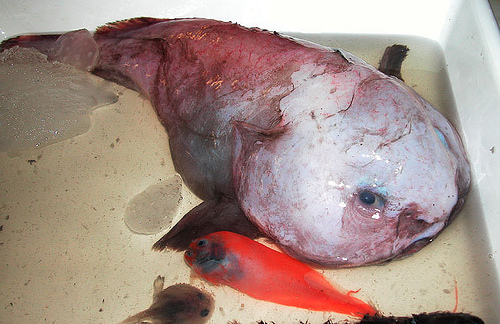
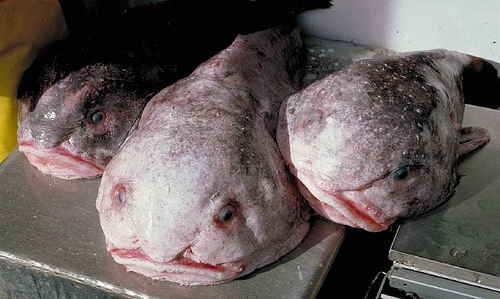
The
sea cucumber.
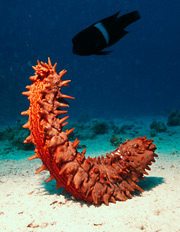
The
lizardfish.
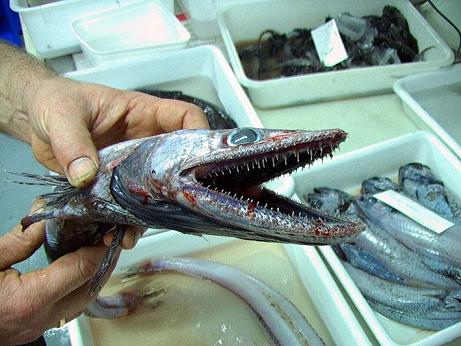
And I have no idea what these things are. Does anyone know?
